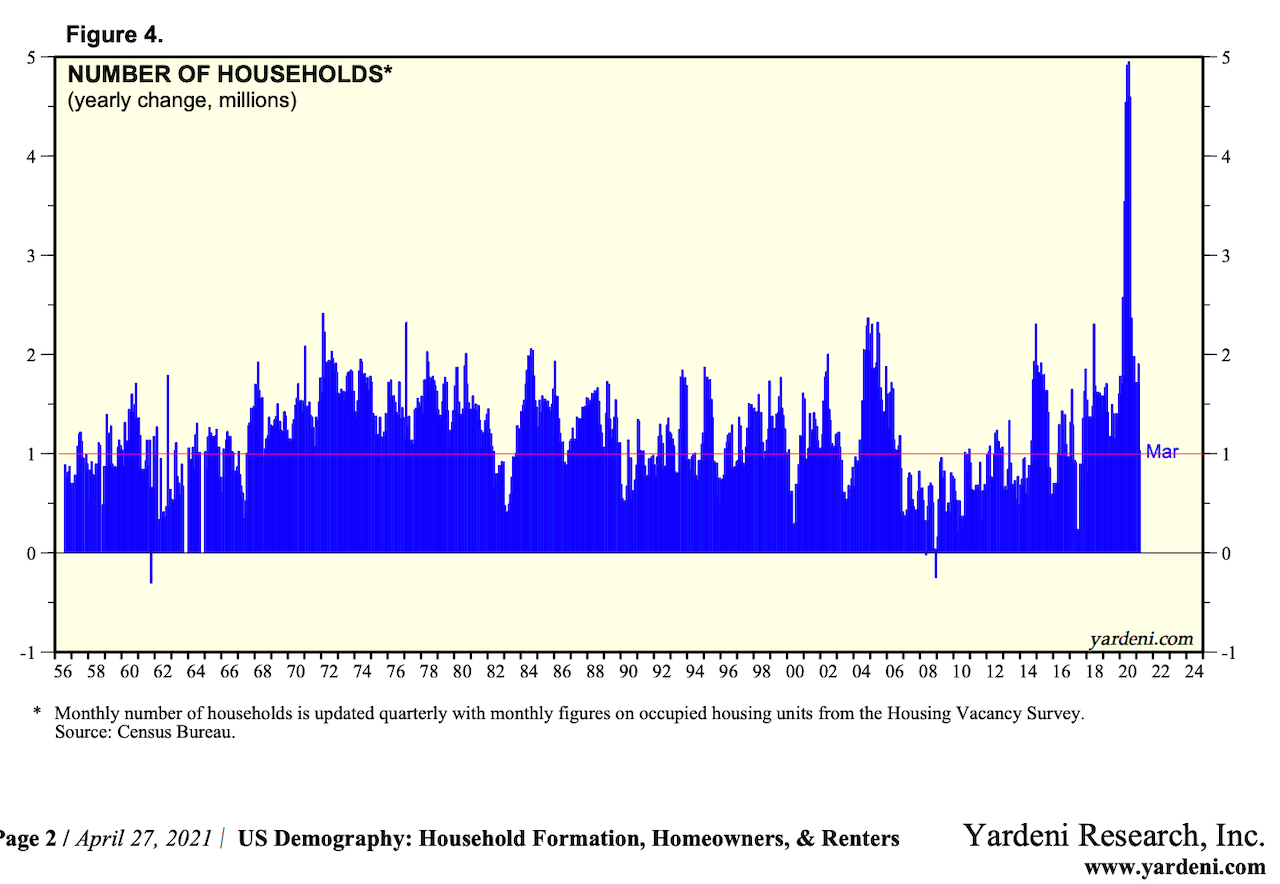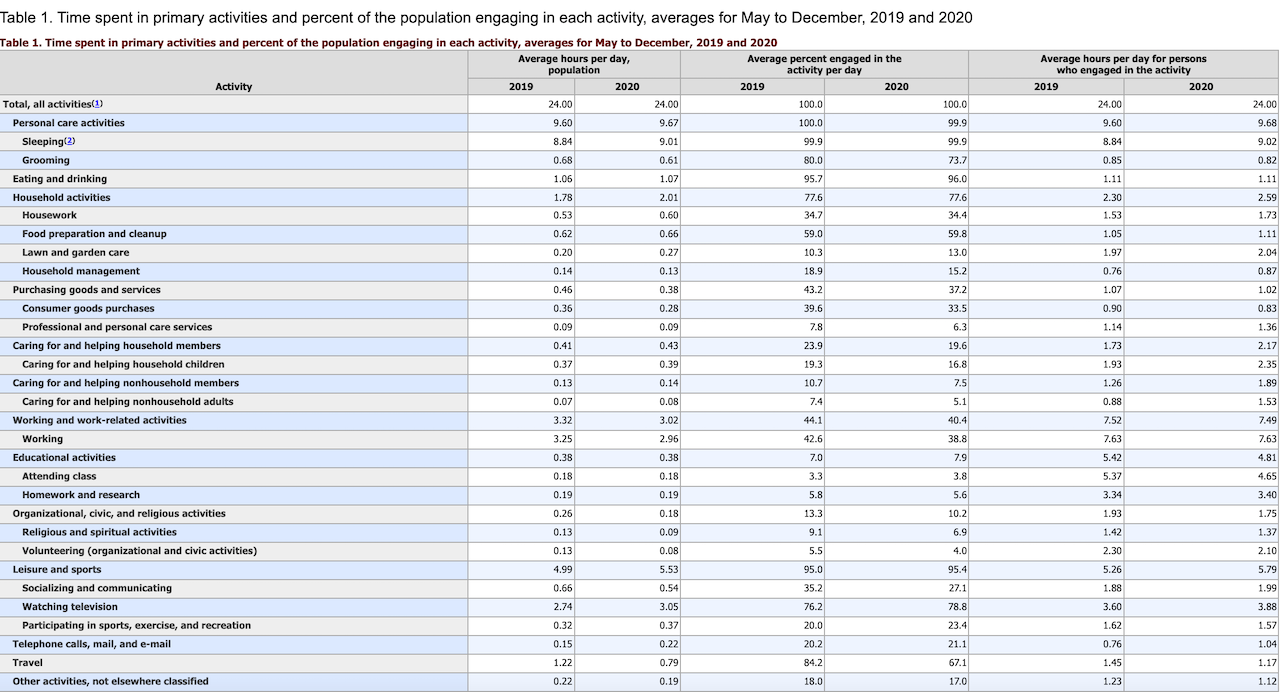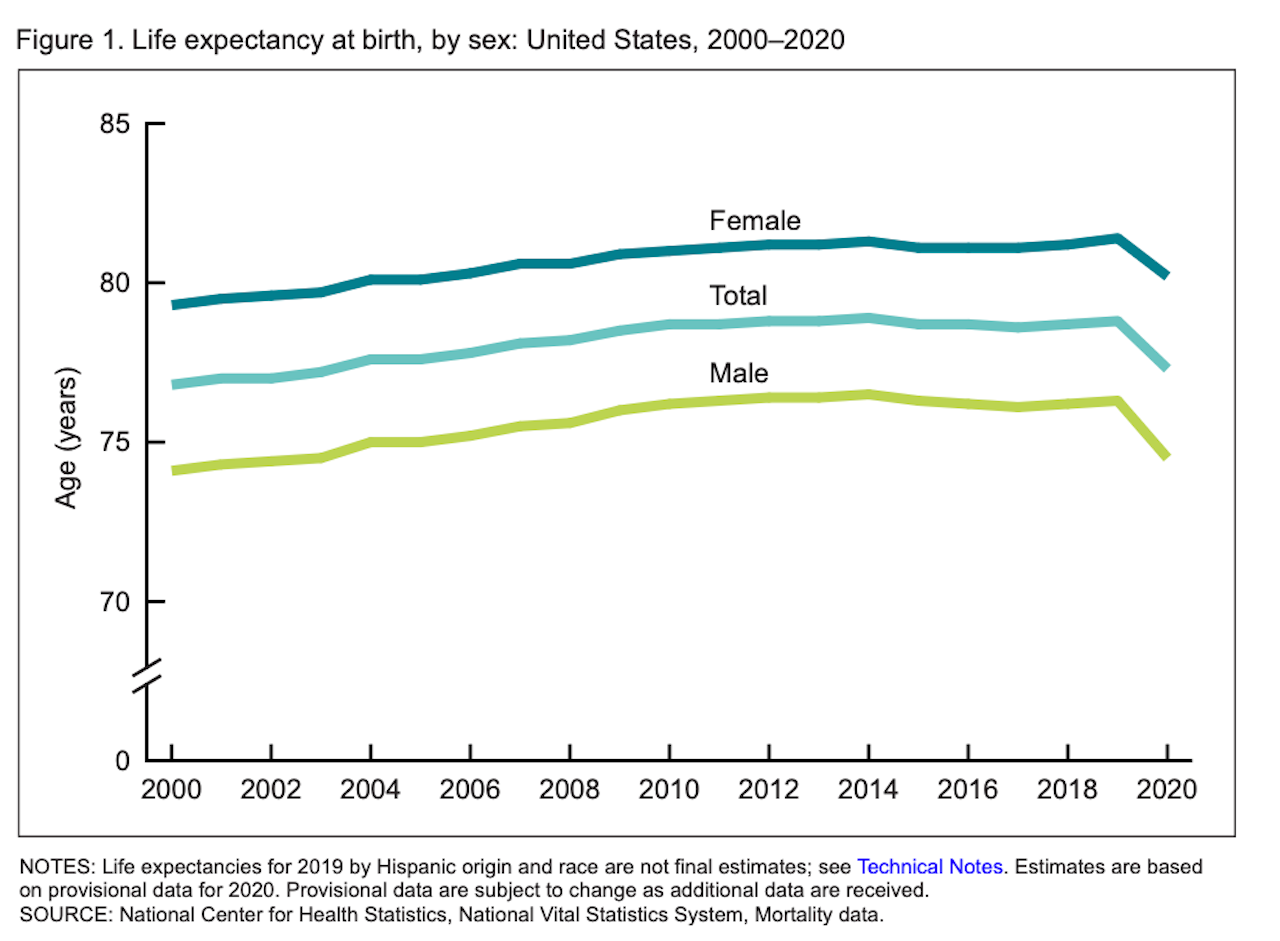Marketing & Sales
The Family Way: Covid's Toll On The Future Of Households
Housing supply and demand may likely be forever and always out of balance. Where does that leave households -- the engine of a third of our economy?
Is the future of housing households; or were households the past of housing?
The Federal government, private sector real estate and construction stakeholders, and local, county, state, and regional officials and community activists are locked in a Catch-22-type stand-off over how to recognize and what to do about a mathematical mismatch: not enough homes for too many households.
Free-market capitalism, taxation, regulation, policy, economic dynamism, consumerism, technological and data advance, social and racial equity, economic mobility, educational attainment, environmental protection, neo-religiosity, and cultural values ... there are so many pluses and minuses, pros and cons, it's impossible to keep track.
One of the biggest gorillas in the room is that the loudest clamor for more attainable housing for more households occurs in places – towns, suburbs, urban neighborhoods – where policies, covenants, and costs are the most restrictive.
That makes housing's challenge more than a supply-demand math problem.
For a thorough, searching, fascinating dive into the numbers, what you need to know about them, and why that matters – free of distortion and politics – about this structural imbalance of households versus housing, check out Construction Physics host Brian Potter's take, "60 Years of Homebuilding."
Potter reaches a physicist's conclusion:
If a large city isn’t growing, it then suggests that something is preventing it from doing so. The correlation between construction cost and growth rate suggests that expensive construction is something that slows down the growth of cities, and the ones that have managed to avoid it are the ones that are able to build more.
The math of households – the economic engine accountable for a third of GDP – tells one story. The need for shelter, for homes, for communities exceeds – and does so at a growing rate of change – housing's production of same.
As TBD Dream Teamer Scott Cox notes here, supply and demand simply broke. The model – assuming a free market could balance the two forces – failed, and projects into the future as a continued fail.
Still, we cheer demand, and we bet heavily on its structural force in business and investment bets that the future is bright, despite an ever-narrowing population band that qualifies in as "market-rate." So long as that narrowing band can carry the big lift of spiraling prices – which, so far, has been the case – enterprises that channel capital, land, and other resources into that narrowing band continue to prosper.
Still, you'd have to think, something's got to give if the mathematical rift that separates households' wherewithal, and what it takes to play in the new construction, market-rate home and community arena keeps widening.
The good news first, the juggernaut that accounts for the massive spike in economist Ed Yardeni's chart below of household formation trends.

Succinctly, from NerdWallet contributor Holden Lewis.
Millennials got a late start. They formed households at older ages than Boomers and Gen-Xers. Now the millennials are beginning to catch up with their forebears as they buy their first homes.
People form households when they occupy a dwelling individually or together. Americans formed an average of about 856,000 households a year from 2013 to 2016, according to research by the Harvard Joint Center for Housing Studies. Then household formation accelerated to an average of 1.3 million annually from 2016 through 2019 (the last year we have statistics for).
This profuse blooming in household formation has its roots in the late 1980s and early ’90s, the most fruitful years of millennial births. Those babies are now in their mid-20s to early 30s — peak household-formation years.
Millennials are the magical powers driving homebuilding market-rate investment, development, community planning, and construction, be it for rental or ownership. Too, it looks like they're driving not just household formation, but another key force-factor in homeownership projections, family formation.
Bloomberg correspondent Stephen Mihm explores here an apparent surge in millenial matrimonials, and what they're resilience may look like as the pandemic moves out of its first chapter into the ballast of its story.
The Covid-19 pandemic may well have lasting impacts on the marital status of many Americans. It may speed some divorces, yes. But that's countered by the huge swell of weddings across the country that we're beginning to see. And that may even lead to a baby boom that could help slow the long-term declines in fertility — though that’s a more open question.
Whether these marriages last, though, is another matter. And on that note, it’s worth considering one final piece of research on weddings conducted by two economists. They found that the money couples spent on wedding rings and the ceremony itself was inversely related to the long-term viability of the marriage. The more ostentatious the wedding, the less likely it would endure.
Households are growing, and families are happening, so demand, naturally and fundamentally, is rising. Still, households are also passing through turbulence, pain, isolation, loss, and change.
This note, from the Census, clocks in with the evolving state of what we once referred to as the nuclear family – married-with-children under 18 households.
Estimates from the U.S. Census Bureau’s annual America’s Families and Living Arrangements release show that the number of parents with children under age 18 and living at home declined by about 3 million over the past decade, dropping from about 66.1 million parents in 2010 to 63.1 million in 2020.
The living arrangements of parents changed less over the past 10 years. In 2020, 78% of parents living with children were married, compared to 77% in 2010. Adults living with an unmarried, cohabiting partner made up 7% of parents with coresident children under 18 in both 2010 and 2020. Finally, parents living without a partner accounted for 16% of parents in 2010 and 15% of parents in 2020.
New data, from the U.S. Bureau of Labor Statistics American Time Use survey, frames itself within the months of the Covid pandemic.

One of the starkest sets of data points in the Time-Use analysis of the Covid era adds evidence to an emerging narrative that strikes at the core of homes, communities, and shelter: Isolation.
--In 2020, during the pandemic, individuals were encouraged to stay at home and to practice social distancing. During their waking hours, individuals age 15 and over spent an average of 1.0 hour more per day alone in 2020 (7.0 hours) compared with 2019 (6.1 hours). Average alone time increased for all demographic groups, including all age groups, persons living in households with and without children, and others. (See table 11.)
--In 2020, individuals age 55 and over averaged about 8 hours or more per day alone during their waking hours, more than those who were younger. Time spent alone increased by 1.7 hours for those ages 15 to 19 (6.0 hours in 2020, compared with 4.3 hours in 2019). (See table 11.)
--Individuals living by themselves spent an average of 11.3 hours per day alone in 2020 and 9.7 hours alone in 2019. By comparison, adults living with a child under age 18 averaged less than half as many of their waking hours alone (5.3 hours per day in 2020 and 4.7 hours in 2019). (See table 12.)
A darker consequence – apropos of households driving the future of housing demand – came through in this past week's National Vital Statistics System update on life expectancy in the U.S.

Already slipping due in large part to an epidemic in drug overdose-related deaths, the most recent data reflect a sharp drop – disproportionately impacting Hispanic and Black Americans – owing to the death toll of Covid-19.
New York Times staffers Julie Bosman, Sophie Kasakove and Daniel Victor write:
Racial and ethnic disparities have persisted throughout the pandemic, a reflection of many factors, including the differences in overall health and available health care between white, Hispanic and Black people in the United States. Black and Hispanic Americans were more likely to be employed in risky, public-facing jobs during the pandemic — bus drivers, restaurant cooks, sanitation workers — rather than working on laptops from the relative safety of their homes.
They also more commonly depend on public transportation, risking coronavirus exposure, or live in multigenerational homes and in tighter conditions that are more conducive to spreading the virus.
The precipitous drop in 2020, caused largely by Covid-19, is not likely to be permanent. In 1918, the flu pandemic wiped 11.8 years from Americans’ life expectancy, and the number fully rebounded the following year. But Elizabeth Arias, one of the researchers who produced the report, said life expectancy was not likely to bounce back to prepandemic levels anytime soon.
Returning the life expectancy numbers to those of 2019 would require having “no more excess death because of Covid, and that’s already not possible in 2021,” Dr. Arias said.
Expecting that – at some now more indefinite date in the future – life expectancy will resume an upward trajectory, and that demographic household patterns will add to the fundamental structure of demand, all focus trains itself to supply.
Can housing's ability to supply housing recover?


